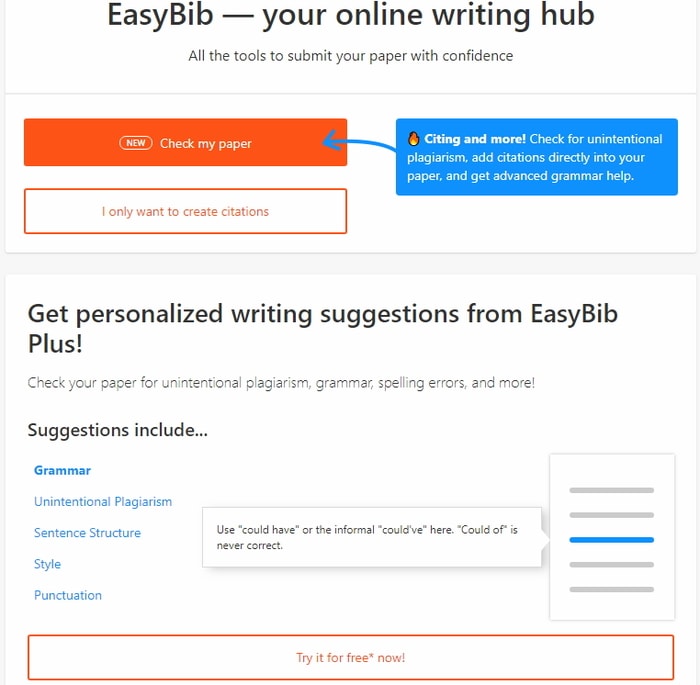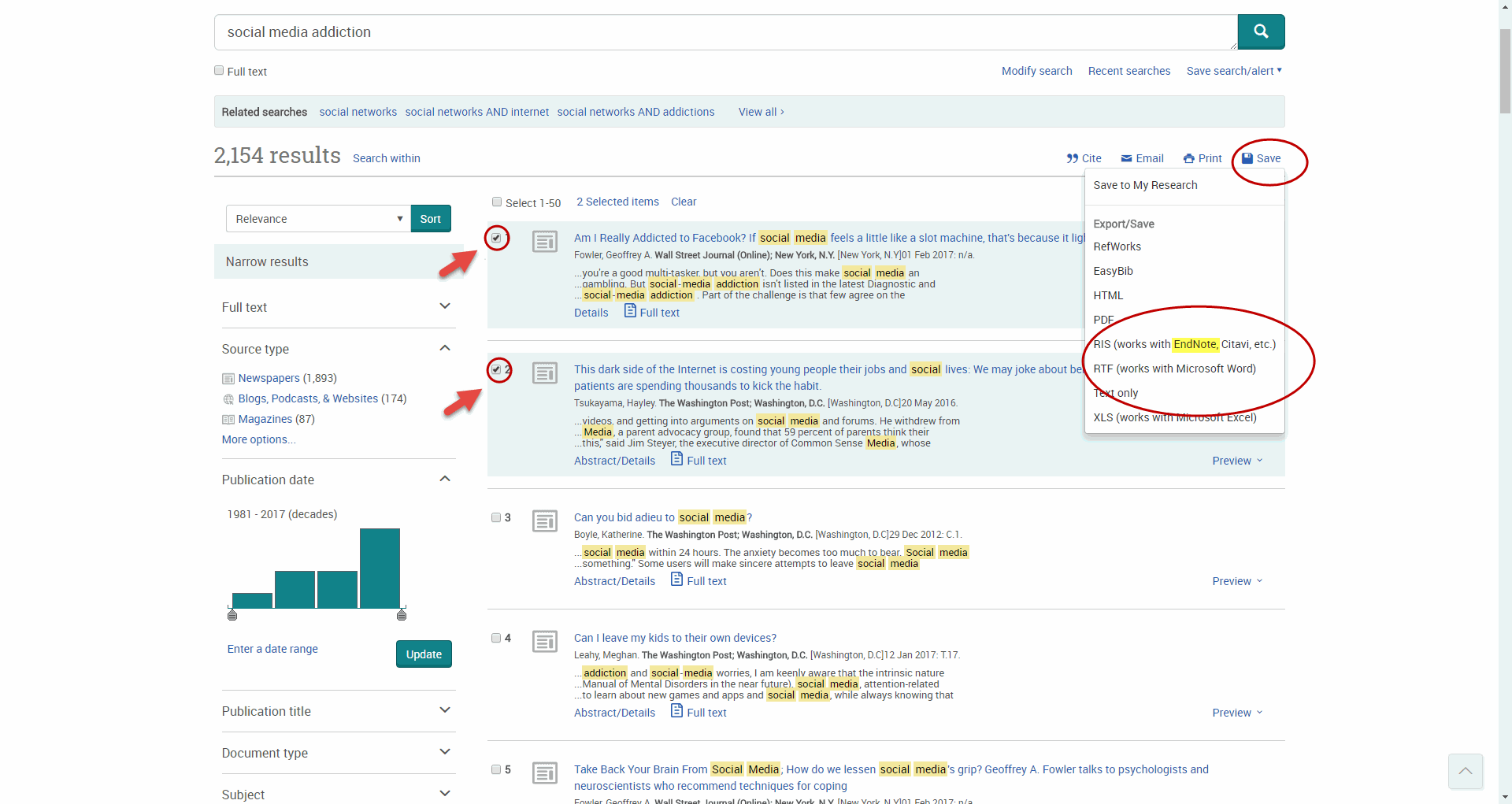

Make sure you enter the correct abbreviated form of the journal title in the Journal field of your reference. Important Note: Correct Vancouver style referencing requires journal names to be abbreviated according to the NLM List of Journals (searchable here: ).
You can insert any number of references in one place. The the intext and reference list entry will automatically format in your Word document.  Type your author surname in the search box and click "Find", then "Insert" at bottom of box.
Type your author surname in the search box and click "Find", then "Insert" at bottom of box.  From the Word EndnoteWeb tab, click "Find citations". In Word, position the cursor in your document where you want to insert the reference number. To create a numbered reference list in Word with number in-text (i.e., Vancouver, JAMA, Nutrition & Dietetics styles):įrom the EndNote Online toolbar in Word choose the style you want using the Style window (scroll down until you find it). Choose more than one style if you wish for your favourites list. Select your style from the very long list, then press "Copy to favourites" button. Click "Select favourites" link (at right of "Bibliographical styles"). You must prepare your paper carefully according to the instructions for the automatic formatting to work. Please see the Help section on formatting for instructions. If you do not have MS Word or cannot download the plugin, it is possible to have EndNote Online format the paper for you. in the Library) the plugin is already available in Word 2007. See the EndNote Online Help section for instructions on downloading and using the plugin on your personal computer. Use the "Cite While You Write" MS Word plugin to format in text citations and a bibliography within Word. Format an entire folder in a particular style. In EndNote Online, there are three methods of formatting citations. The major formatting styles used at USC are: APA, Harvard (Qld) and Vancouver. You may need to edit references to make them come out correctly at the end. Always check each reference in your collection carefully to see that every piece of information is in the correct place. Never trust that a database export has perfectly placed all the data you need to get a good reference. Be especially careful of capitalization, proper names, and dates. Always double check automated formatting against the rules and examples provided in style manuals and guides. Good referencing is one of the signs of good scholarship! A good reference also makes sure that you've included all the important information about a source, so that your reader can tell the difference between, for instance, two papers by the same author in the same year, or two books by the same title. When you know what to look for, it's easy to tell a journal article from a book chapter from a conference paper.
From the Word EndnoteWeb tab, click "Find citations". In Word, position the cursor in your document where you want to insert the reference number. To create a numbered reference list in Word with number in-text (i.e., Vancouver, JAMA, Nutrition & Dietetics styles):įrom the EndNote Online toolbar in Word choose the style you want using the Style window (scroll down until you find it). Choose more than one style if you wish for your favourites list. Select your style from the very long list, then press "Copy to favourites" button. Click "Select favourites" link (at right of "Bibliographical styles"). You must prepare your paper carefully according to the instructions for the automatic formatting to work. Please see the Help section on formatting for instructions. If you do not have MS Word or cannot download the plugin, it is possible to have EndNote Online format the paper for you. in the Library) the plugin is already available in Word 2007. See the EndNote Online Help section for instructions on downloading and using the plugin on your personal computer. Use the "Cite While You Write" MS Word plugin to format in text citations and a bibliography within Word. Format an entire folder in a particular style. In EndNote Online, there are three methods of formatting citations. The major formatting styles used at USC are: APA, Harvard (Qld) and Vancouver. You may need to edit references to make them come out correctly at the end. Always check each reference in your collection carefully to see that every piece of information is in the correct place. Never trust that a database export has perfectly placed all the data you need to get a good reference. Be especially careful of capitalization, proper names, and dates. Always double check automated formatting against the rules and examples provided in style manuals and guides. Good referencing is one of the signs of good scholarship! A good reference also makes sure that you've included all the important information about a source, so that your reader can tell the difference between, for instance, two papers by the same author in the same year, or two books by the same title. When you know what to look for, it's easy to tell a journal article from a book chapter from a conference paper. 
A citation/reference organizes the individual elements (author, year, book title etc.) of a citation into a consistent form.








 0 kommentar(er)
0 kommentar(er)
